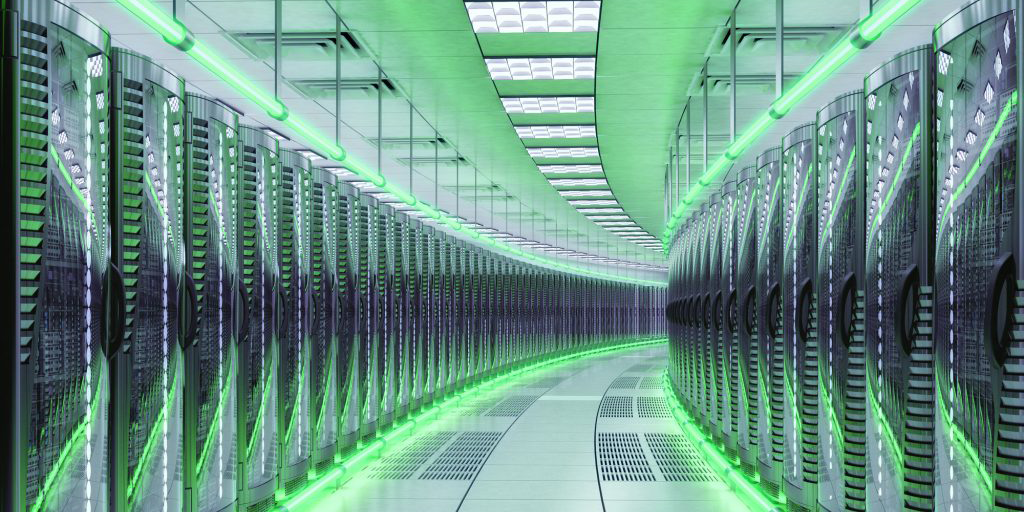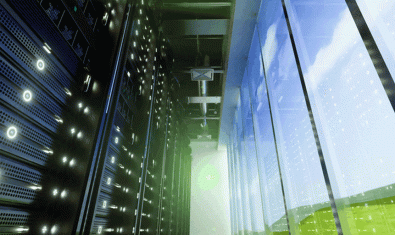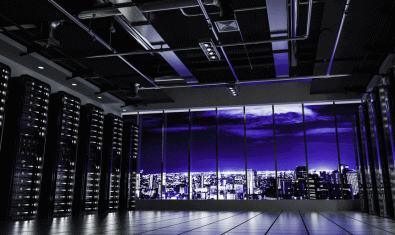How Reuse & the Circular Economy are Delivering Substantial Cost Savings for Cloud & Enterprise Data Centres

Sean Sheehan, Wisetek CEO, discusses how Reuse and the Circular Economy are delivering substantial cost savings for cloud and enterprise data centres.
When it comes to business revolutions and the so-called ‘disruptors’ there’s usually a lot of fanfare and press. Just think of all the media attention Uber gets for challenging the traditional role of taxis, or how Elon Musk’s Tesla is rarely out of the headlines.
Such companies are seen as potential game changers; they have altered or have the ability to affect the very way we go about our daily lives.
Yet there’s a quiet revolution going on which does not get the headlines, yet its impact will be felt far beyond the industries that it is applied to. It’s called the Circular Economy.
The Circular Economy
A great example of the Circular Economy can be seen in markets in Africa. If you ever pass through an African market, you’ll be amazed by the amount of parts which are on sale. You will see stall after stall selling every type of second-hand parts for cars, motorbikes, bikes, and electronic goods.
This vast market in second-hand parts is due to people’s lack of money to buy new parts, and the economic incentive to salvage old equipment and re-sell old parts.
In developed economies, this incentive has been eroded by the pressures of the Linear Economy, which is the traditional way of consuming products. This ‘take, make and dispose’ of products always concentrates on the ‘new’ having to decimate the ‘old’.
Certainly, old products get updated and change. However, are all new products actually new?
Moore’s law
In the 1970s, Gordon Moore coined a computing term which stated that the overall processing power for computers will double every two years. Over the last 50 years, this has generally been the case and we can agree that our computers are getting quicker all the time.
However, processing speeds are just one aspects of a computer’s overall performance – a necessary one – but just because the processing speed increases it does not mean that every part of the computer has improved.
As a computer or a server has many parts – not to mention the peripherals too – the Circular Economy aims to reuse and recycle as many of these parts as possible. Furthermore, just because a part may be improved, it does not mean that it’s useless just because there is a new one out there.
The 2030 Agenda for Sustainable Development
In 2015, all United Nations member states adopted the 2030 Agenda for Sustainable Development. As part of this agenda, 17 goals were devised, with goal 12 focusing on ‘Responsible Consumption and Production’.
The latest KPMG report on goal 12 states that 93% of the world’s largest companies (in terms of revenue) are now reporting on sustainability. If this continues, according to the Ellen MacArthur Foundation, by 2030 the Circular Economy could help generate $4.5 trillion of new economic output.
Google ITAD’s strategy
From a data centre perspective, Google are at the forefront of innovation in this space, and part of this innovation is based upon the Circular Economy.
Every quarter, Google performs an Excess and Obsolescence (E&O) process which analyses the life cycle stage of IT components in their data centres. One of the main outcomes of this process is the IT Asset Disposition (ITAD) strategy, and in particular three areas.
Firstly, components which can be refurbished are put back as inventory to be used again. In 2015, 75% of components consumed in their spares program were refurbished inventory. As a company, you may expect Google to have the latest versions of every possible component part, yet there is a mixture of servers running the latest as well as older platforms, too.
Secondly, excess components are sold on the secondary market.
And lastly, materials are recycled. Hard drives and storage tapes that cannot be resold are crushed and then shredded. These materials, along with plastics and metals from other e-waste are then combined and sent to a recycling partner for secure processing and recycling into reusable materials.
Reduce dependence on finite resources
One of the driving forces of the Circular Economy is the finite nature of some of our resources.
According to Accenture, linear business models have now begun to choke economic growth through unpredictable raw material prices and the increased cost of depending on less stable supplies of constrained resources. Instead of sticking with the Linear Economy, we should be turning waste into wealth with new business models in order to boost competitiveness by reducing dependence on scarce resources, and generating new services that grow revenues.
The stark reality is this: in 2018 global demand for resources was 1.7 times what the earth can support in one year. So if we don’t embrace the economic benefits of the Circular Economy, there won’t be any economy left at all.




